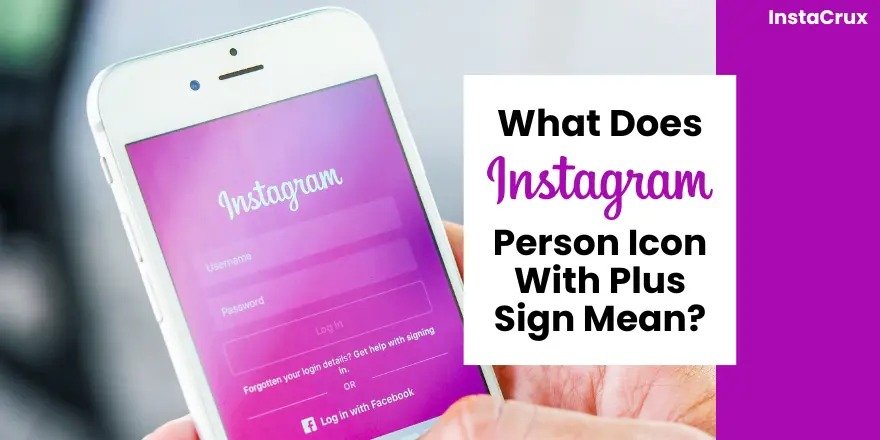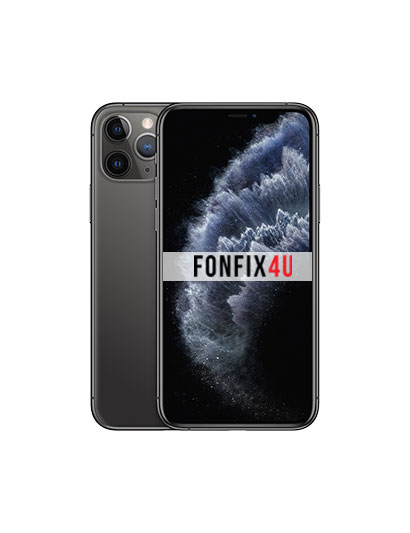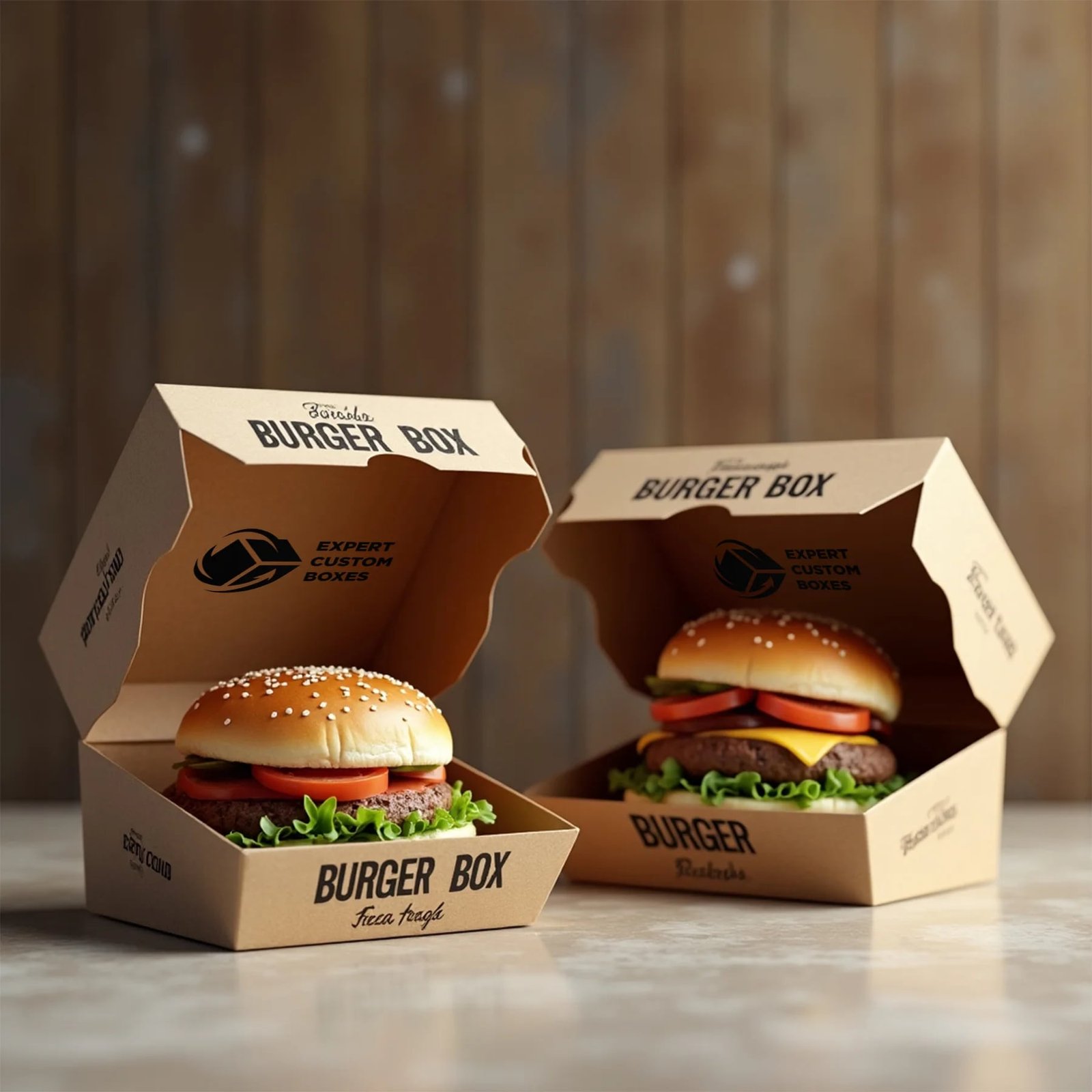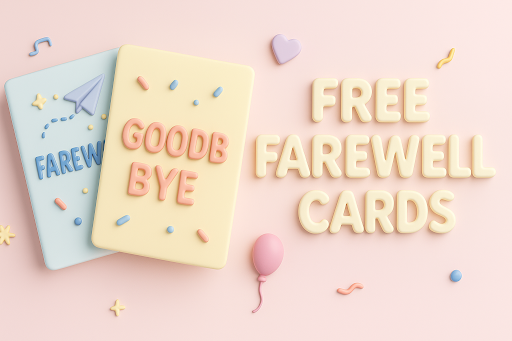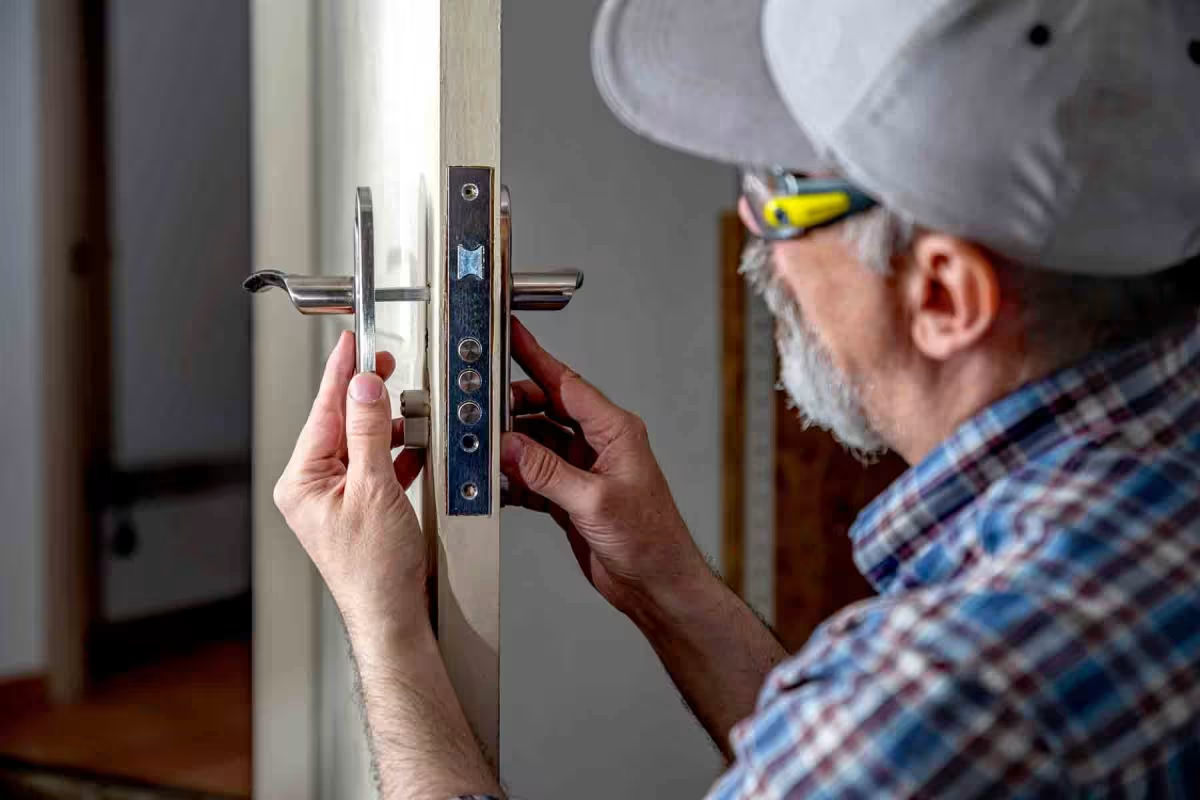
Introduction to Modern Food Packaging
With the highly competitive food retailing and takeaway industry, packaging has been revolutionized from simple containment of what’s inside to a high-drama platform for branding. Today’s consumers no longer just expect quality food but also link product value to looks. Packaging now constitutes a key element in protecting contents, ensuring shelf life, and influencing buying decisions. Out of the myriad of packaging materials found in the modern age, food packaging sleeves and seal-end auto bottom boxes especially stand out owing to their effectiveness, compatibility with customization, and appearance.
These types of packaging are employed mainly by bakeries, frozen food companies, gourmet snack foods manufacturers, and organic companies to deliver an end-to-end and long-lasting customer experience. Beyond serving as a mechanism for the safe handling of food items, they also serve as a surface on which the brand story is told. Understanding the design, shape, and functionality of such types of packaging can aid companies in making more intelligent investments in packaging.
What are Food Packaging Sleeves?
Food sleeves refer to kraft paper or cardboard covering that tightly fits over a base container or tray. The sleeves are generally applied to the cosmetic decoration of plastic or paper containers of foods like frozen foods, bakery foods, sandwiches, or ready-to-eat foods. The sleeves are fully customizable and can be imprinted with product information, company details, nutrition details, and advertising copies.
In contrast to standard boxes, packaging sleeves are economical and provide a clean and stylish look. They allow businesses to reveal their food items but still provide sufficient room for branding. This is especially useful for products being placed in refrigerated or frozen displays, where visibility and branding recall are paramount.
Food packaging sleeves are also environmentally friendly in most cases, especially if they are biodegradable or recyclable. Lightweight with less material wastage and shipping expense, they are an eco-friendly option for businesses aiming to reduce their footprint on the planet.
Options for Customization and Branding
One of the key benefits of food packaging sleeves is the wide range of customization opportunities. Businesses may choose from many paper stocks, finishes (matte, gloss, or UV coating), embossing, foil stamping, and die-cutting techniques. Such flexibility in customization provides small food businesses with a high-end appearance for products without incurring the expense of full-sized boxes.
Custom sleeves allow food producers to schedule packaging by promotion, product line, or season. A bakery may use red-and-gold sleeves during the holidays or a green sleeve on a “healthy eating” line of products. Such a switch in little details can make a big impact on consumer interest and sales.
In addition, food packaging sleeves are excellent locations for storytelling. From the history of the company and its inherent use of its imagination in the kitchen, the stories can be woven deeply into the sleeve design, which will personalize the product and make it more appealing.
Functional Applications Across the Food Industry
Sleeves are also extensively used for food packaging in various segments of the food business. They cover more than microwave trays used in the frozen foods segment to place heating directions and nutritional data. They cover more than cake boxes, pastry boxes, and bread trays for a presentational and factual impact in bakeries. Meal preparation businesses use sleeves to separate meal types, diet meals, or flavor profiles from one another.
Even high-end chocolate and snack foods use sleeves to match the luxury appeal of their products. Having the ability to provide both beauty and functionality, sleeves are a smart packaging solution for frozen dinners, desserts, milk products, and many others.
Introduction to Seal End Auto Bottom Boxes
While sleeves are best suited for visibility and branding, certain foods require more powerful packaging. Seal-end auto bottom boxes are employed here. They are made with strength and effectiveness. They possess sealed ends and an auto-locking bottom, which flips together and provides extra support for heavier foods.
The stiffness of the box ensures the safe carriage of the product so that it does not get crushed or spill. This is especially required for those products that are temperature-sensitive or need to have them keep their shape and not spoil. Organizations seeking secure and presentable packing for transportation or dispatch over long distances prefer to utilize seal end auto bottom boxes as their option of choice.
Seal-end auto bottom boxes are often used in the packaging of food products that require additional protection in transit or stacking on store shelves. They are best suited to high-volume items like cereals, tea, frozen meat, or multi-packs of snacks. The auto-bottom design saves packaging time, and hence, they are well-suited for automated or semi-automated packaging machines.
Advantages of Seal End Auto Bottom Boxes in Food Packaging
Seal-end auto bottom boxes are not only strong but also highly flexible when it comes to personalizing them. They can be printed externally and internally; logos can be embossed and coated to render them moisture-resistant—a feature that is a must for frozen or chilled products.
Furthermore, they are normally constructed of food-grade materials and hence pose no chemical contamination to the packaged item. This thus makes them a perfect option among health-oriented firms and regulatory problems.
Combining Sleeves with Seal End Auto Bottom Boxes
Many food businesses synergistically combine seal end auto bottom boxes with food sleeves to offer a structurally rigid and visually attractive product. Frozen lasagna, for instance, can be placed inside a seal end auto bottom box for stability and durability, and a company and product detail printed sleeve can be placed over the box.
This two-piece design offers the customer both the robustness of a box and the look of a sleeve. It is also less complicated to alter packaging without re-printing the whole box. When introducing a new flavor or time-sensitive promotion, only the sleeve needs redesigning at minimal costs and with a faster turnover.
These pairings are present in gourmet meal kits, organic offerings, and premium confectionery. Layered packaging also improves the unboxing experience, which is one of the primary drivers of repeat purchases and customer satisfaction.
Sustainability and Consumer Expectations
Today’s shoppers are greener than they have ever been. They expect brands to use green packaging products and minimize packaging wastage. Both auto bottom boxes and seal end features, as well as food package sleeves, can do this when produced with recyclable or compost material.
Packaging companies also offer kraft paper sleeves and biodegradable boards for food packing boxes, reducing the carbon price of packaging food. Branded packaged goods that are sustainability-oriented not only suit new values but also bring consumer loyalty and confidence in those brands that perceive that they are sustainability-oriented.
Conclusion: Packaging That Maximizes Product and Brand
Food packaging sleeves and seal end auto bottom boxes are critical machineries used in modern food packaging. As much as sleeves provide versatility, sophistication, and great branding opportunities, seal-end auto bottom boxes provide strength, safety, and functionality. Together, they allow food businesses to come up with a packaging system that is not only beautiful but also durable, secure, and eco-friendly.
Since the food industry is advancing through innovation only, packaging solutions like this will be center stage in terms of how brands differentiate themselves and create value for their consumers. It’s not about spending on the mere veneer of look-good sleeves and boxes; it’s about crafting an experience end-to-end from shelf to table.


